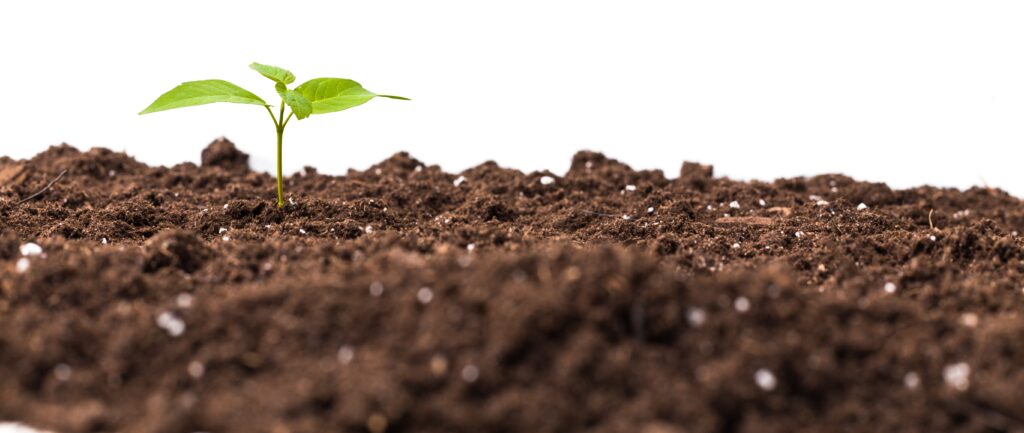When the crops are harvested, a large amount of nutrients are removed from the soil, and it causes a loss of soil fertility. Soil testing is the process by which elements like potassium, phosphorous, magnesium, calcium and others are chemically removed from the soil and measured for their available content with the remaining sample.

Soil analysis is one of the most important diagnostic tools to determine plant nutrients.
The Objectives of Soil Testing:
- Evaluating the fertility and nutrition content of the soil to offer an index of nutrient availability in soil.
- Determining any salinity, acidity, and alkalinity problems.
- To get details on the amount of fertilizer required based on the soil test value according to the crop.
- Soil testing helps to avoid the excessive use of fertilizer and ensures environmentally friendly farming practices.
- To evaluate the suitability of the soil for the crop.
- To restore soil fertility, which is a critical factor in ensuring higher crop productivity, sustainability, and profitability.
- To predict the probability of obtaining a good response for fertilizers.
What are the benefits of soil testing?
- Soil analysis helps to garner more informed decisions on fertilizers. Thus, it reduces the risk of soil erosion, soil infertility and degradation of lands. Therefore, it increases farm profitability in the long term.
- It reveals the amount of the plant-available macro-nutrients in the soil and shows soil nutrients profile.
- Reveals the nutrients that limit production.
- Monitors the soil health properties like EC, OC, pH, and others that affect crop nutrient availability and increase profitability.
- Soil testing offers a basis for variable rate application based on the crop and soil.
- It also supports 4R Nutrient Stewardship practices, which are the fertilizer rate, placement, timing, and product decision.
- Soil analysis offers improved knowledge of the soil types within the farm for maximizing the management options.
What is the average time taken to get a soil testing report?
The time taken for soil testing will vary from one place to another, depending on the technology used for soil testing. The time taken for soil testing will vary from laboratory to laboratory. On average, a soil testing report over 10 soil samples can take anywhere from 1-5 days from the time of delivery to receiving final reports.
Many factors go into this lead time including the laboratory used, region, delivery, methods of analysis, time of year, delays, etc. Advanced soil testing technologies can be used to help limit these lead times. The time taken for soil testing and analysis can be confirmed directly with the laboratory to assist in your planning.
In Conclusion
Soil testing and analysis are environmentally responsible. A fertilizer management program based on soil testing can reduce many environmental problems. Also, frequent soil testing helps farmers to decide whether the current management is robbing them of future productivity and profits. Finally, soil testing is the best available guide to determine the nutrient needs for growing crops.
For more information on how to begin your precision farming practices, contact SoilOptix® at https://soiloptix.com/.
